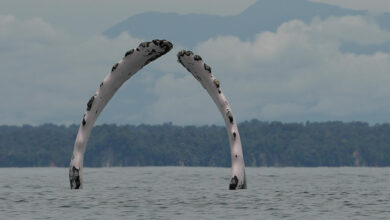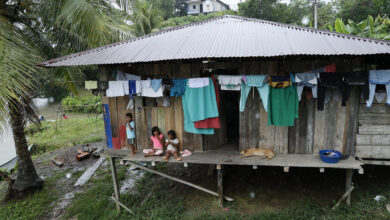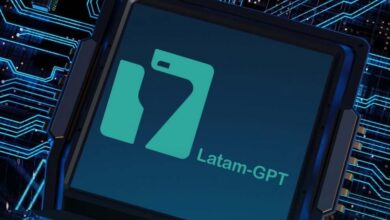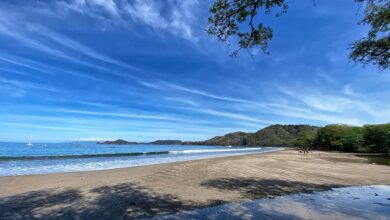Pacific Alliance: What Happens Now That Every Member Is Left-wing?
With the recent election of Gustavo Petro as president of Colombia, the Pacific Alliance now has entirely left-wing members. Here we tell you what the panorama is .

Photos: TW-gabrielboric, TW-perogustavo, TW-lopezobrador_, TW-PedroCastilloTe
LatinAmerican Post | July Vanesa López Romero
Listen to this article
Leer en español: Alianza del Pacífico: ¿qué pasará ahora que todos sus miembros son de izquierda?
On June 19 in Colombia, the second round of the presidential elections was held. Around 4 in the afternoon, the country witnessed something it had never seen before. For the first time in the history of the coffee country, a left-wing candidate was elected as president, and also for the first time the vice-presidential position will be held by a black woman. The news quickly spread throughout much of the world and the celebrations were swift, as the country was part of a wave of social struggle that has been rising since 2019 in Latin America.
Although Gustavo Petro and Francia Márquez will officially begin their work on August 7, they have already started working to define how their first months in office will unfold. Likewise, from the outside, the answers that could come to be in terms of foreign relations are being analyzed. With the election of Petro, one of the facts that stands out the most is that the Pacific Alliance is now made up entirely of members of the left . The list would then be as follows: Andrés Manuel López Obrador, from Mexico; Pedro Castillo, from Peru; Gabriel Boric, from Chile and Gustavo Petro, from Colombia.
Let us remember that the Pacific Alliance's main objective is to deepen regional integration in the economies of its members. For now, one of the scenarios that remains with these last presidential elections goes hand in hand with the position that the representatives of the member countries have had. So far, none have sought to undo trade agreements already in place. On the contrary, the Alliance has done much to deepen integration with the great Latin American capitals and the great world capitals. Likewise, in the face of the pandemic, the effort has been summed up in economic reactivation, but beyond it, nothing specific has been worked on.
Here it is very important to mention what may happen with the already signed FTAs. If Petro has shown interest in something, it is in reconnecting with the United States as the Santos government did, more than 4 years ago, and among that reconnection is recognizing the North American country as a guarantor of the Peace Agreement, but also as an ally, and development investor. This of course affects the Pacific Alliance, which in turn depends heavily on US investment. Thus, neither Colombia as a country, nor the Alliance as an initiative, can afford to dispense with the agreements already signed. However, taking into account that the United States is playing more of a bipartisanship, it will be necessary to work strategically so as not to lose the trust that is already had in them and also to be active when making attractive proposals that not only demonstrate economic development, but also the guarantee that, despite being governments of the left, they will not fall into authoritarianism.
Also read: Did Gabriel Boric and Pedro Castillo Drive Away Foreign Investment in Chile and Peru?
On the other hand, this change may result in greater integration at the regional level and also at the level of international organizations. Unquestionably, the Alliance will have a more progressive structural line, which may attract other parties to agree with the initiative. We already see that Asia-Pacific is one of the strongest alliances, one of the most looked at by the world, because this is where the engine of world growth is consolidated. If worked proactively, the Alliance could not only demonstrate to the United States how valuable it is to invest in it, but also to Asian and European countries, which would bring its consequences, both positive and not so much. In addition, the Alliance is constantly growing. Let us remember that Ecuador could be about to become the fifth member of the initiative of which it has only been a witness country. This could exponentially increase the Alliance's strength in the region and attract attention over other regional organizations such as Mercosur or Alba. Likewise, they can also advance in inter-organizational integration processes, such as the dialogue that the Pacific Alliance and Mercosur established at the time, when their governments were, for the most part, right-wing… now with a "socialist" majority, integration can reset.
Only time will tell what the path of the Pacific Alliance is, for now, if there is one thing that is safe to say, it is that it will not break up and has a long life ahead of it.




